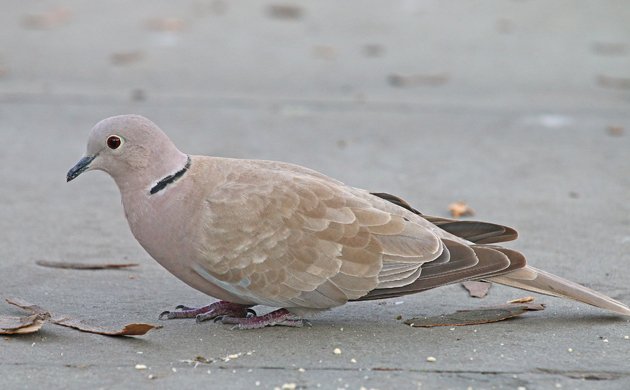
The Eurasian Collared-Dove, as Larry has already ably pointed out, has spread rapidly across North America since its release in the Bahamas in the mid-1970s. But for some poorly (or not-at-all) understood reason, its spread across North America has shown a very northwesterly orientation, so while birders as far away from the epicenter of the North American introduction in Florida as British Columbia get to see Eurasian Collared-Doves regularly we New Yorkers and other northeasterners are deprived. In fact, in New York State, other than a small breeding colony west of Rochester, there are very few records of Eurasian Collared-Dove. There was a single bird that hung around outside of Binghamton for awhile in 2007 and two other individual records, one on the north fork of Long Island and one on Cayuga Lake north of Ithaca, and that’s it, at least of records reported to eBird.
That is, that was it until 22 June 2014, when David Ringer found one on the west side of Manhattan. Suddenly, a bunch of New York birders have found it relatively easy to check Eurasian Collared-Dove off of their New York State checklists and much rejoicing is being done. I myself went out to see the dove a couple of Saturdays ago, making my way out to Chelsea Waterfront Park and spending four hours looking for the bird with no luck. That was more than a little bit frustrating. But the next morning I tried again so, of course, the bird showed itself immediately. What a nice looking bird Streptopelia decaocto is.
I spent about half-an-hour with the Eurasian Collared-Dove and enjoyed every minute of it. Though it is an invasive species it does not seem to be harming other species despite the concern about a potential negative impact on other Columbids. It was just nice seeing a species of pigeon or dove other than Rock Pigeon or Mourning Dove in New York City.
When I first spotted the dove it was sitting in a plane tree just north of the dog run in Chelsea Waterfront Park.
Fortunately, the Eurasian Collared-Dove has learned the bad habits of the Rock Pigeons and House Sparrows in the area and it comes in readily to crumbs.
Try to tell me this bird isn’t gorgeous!
Here’s hoping that this bird finds a mate and a new colony of Eurasian Collared-Doves starts in New York City!
…
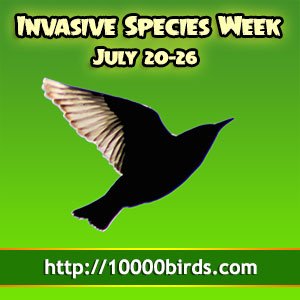 Here at 10,000 Birds 20 July – 26 July is Invasive Species Week. We use the term “Invasive Species” in the broadest sense, to encompass those invasive species that have expanded beyond their historical ranges under their own power, by deliberate introduction, or by unintentional introduction. The sheer number of species that have been shuffled around on our big earth is impressive, though we will be dealing with the smaller sample size of invasive avians and other invasives that effect avians. Nonetheless, this week will be chock full of invasive species. So batten down the hatches, strap on your helmet, and prepare to be invaded! To access the entire week’s worth of content just click here.
Here at 10,000 Birds 20 July – 26 July is Invasive Species Week. We use the term “Invasive Species” in the broadest sense, to encompass those invasive species that have expanded beyond their historical ranges under their own power, by deliberate introduction, or by unintentional introduction. The sheer number of species that have been shuffled around on our big earth is impressive, though we will be dealing with the smaller sample size of invasive avians and other invasives that effect avians. Nonetheless, this week will be chock full of invasive species. So batten down the hatches, strap on your helmet, and prepare to be invaded! To access the entire week’s worth of content just click here.


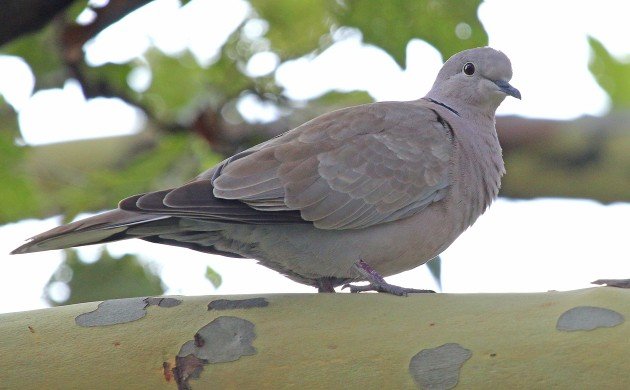
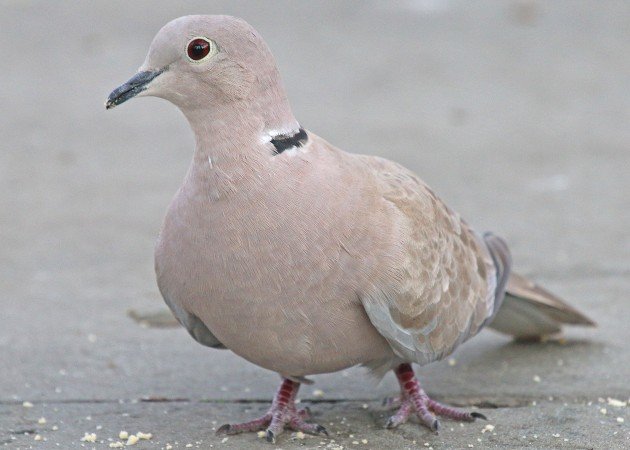
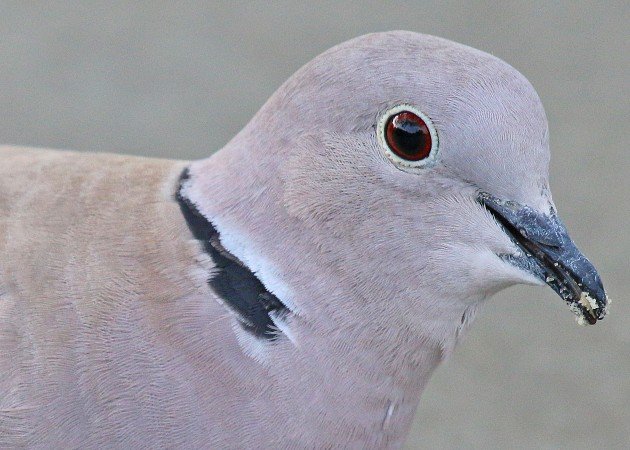
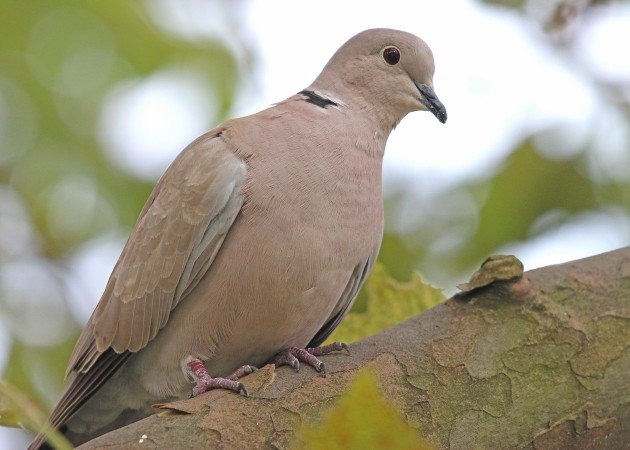











The explosion from Turkey and the Balkans in the 1930s also had an extraordinarily strong northwesterly component: there’s just something about this bird’s compass.
Go northwest, fledgling, go northwest.
“This bird isn’t gorgeous”.
There, I said it, I tried and did it, and don’t know where the big deal is in it!
I may have lied, but I still took up your challenge and succeeded.
Excellent photos of the New York version of the Eurasian Collared-Dove Corey! I’m pretty certain that, with their incessant calling, another dove of the opposite sex will find this bird and soon thereafter, finding a Eurasian Collared-Dove in Chelsea Waterfront Park will be a simple task.
I’m not so sure, Larry. There just aren’t that many around here in the northeast, and even when a pair does get together, it seems to take quite a while for them to go forth and successfully multiply. Consider the Cape May birds: they’ve been there for the better part of a decade now, and the population is up to, what, four or something.
I live in Central New York and I own a collared dove and she is one of the most friendly birds I’ve ever come in contact with
This bird is not a good thing to be seen. It is seriously and quickly over-populating several western states and is considered a pest. It is competing with Mourning Doves and other doves and, like the Starlings and English Sparrows a bird pest that needs to be eradicated (thought that is unlikely as it is a fast breeder). They, like a rock dove or pigeon, is another “rat with wings.”
In my previous post I forgot to mention that I live in a small town just south of OKC,OK! Love these little guys! 8 pairs come to my backyard every day!! The other birds aren’t scared of them and they are not aggressive towards any of them!